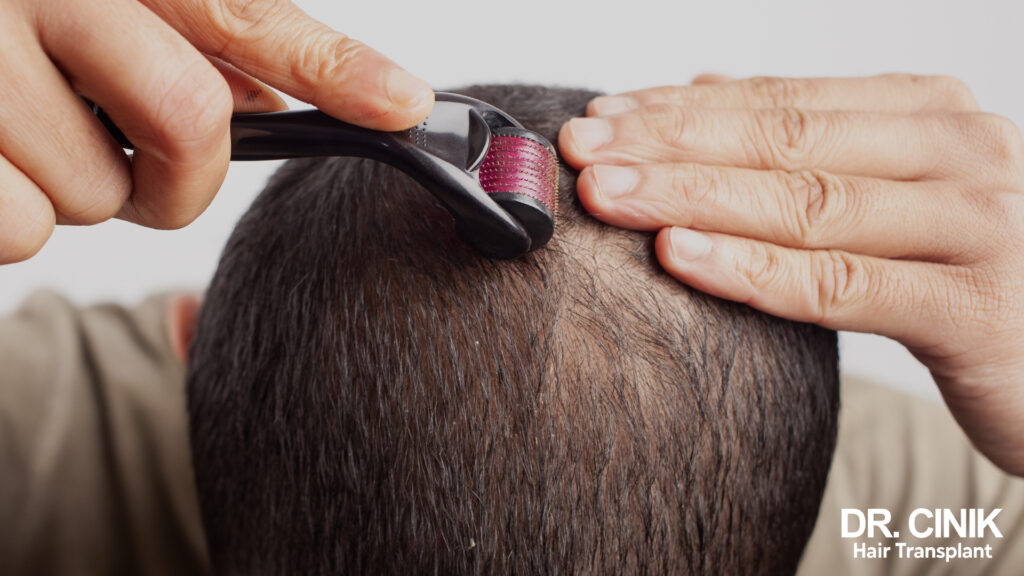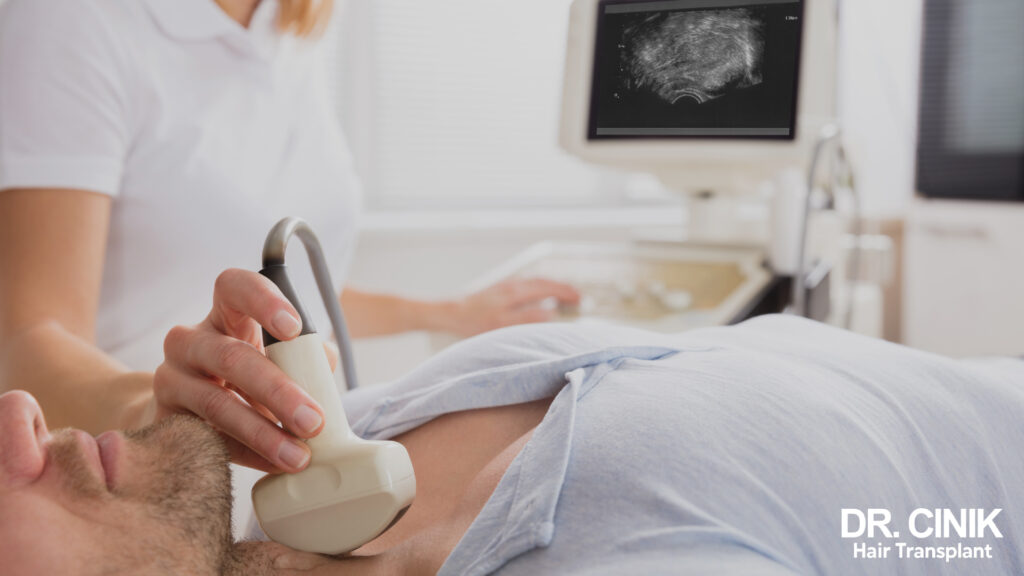Trypophobia and Hair Transplants: A Comprehensive Guide

Sommaire
Trypophobia, characterised by intense fear or discomfort when faced with patterns of small holes or clusters, can be a challenge for some patients considering hair transplant surgery.
What is Trypophobia?
Trypophobia is an intense and irrational aversion or fear triggered by the sight of patterns consisting of small holes or closely spaced bumps. While not officially recognised as a disorder in major psychiatric diagnostic manuals, many individuals report significant emotional and physical reactions when exposed to such patterns.
Common symptoms include:
- Nausea or dizziness
- Chills or goosebumps
- Feelings of unease or anxiety
- Heart palpitations
- Sweating
- Panic or anxiety attacks
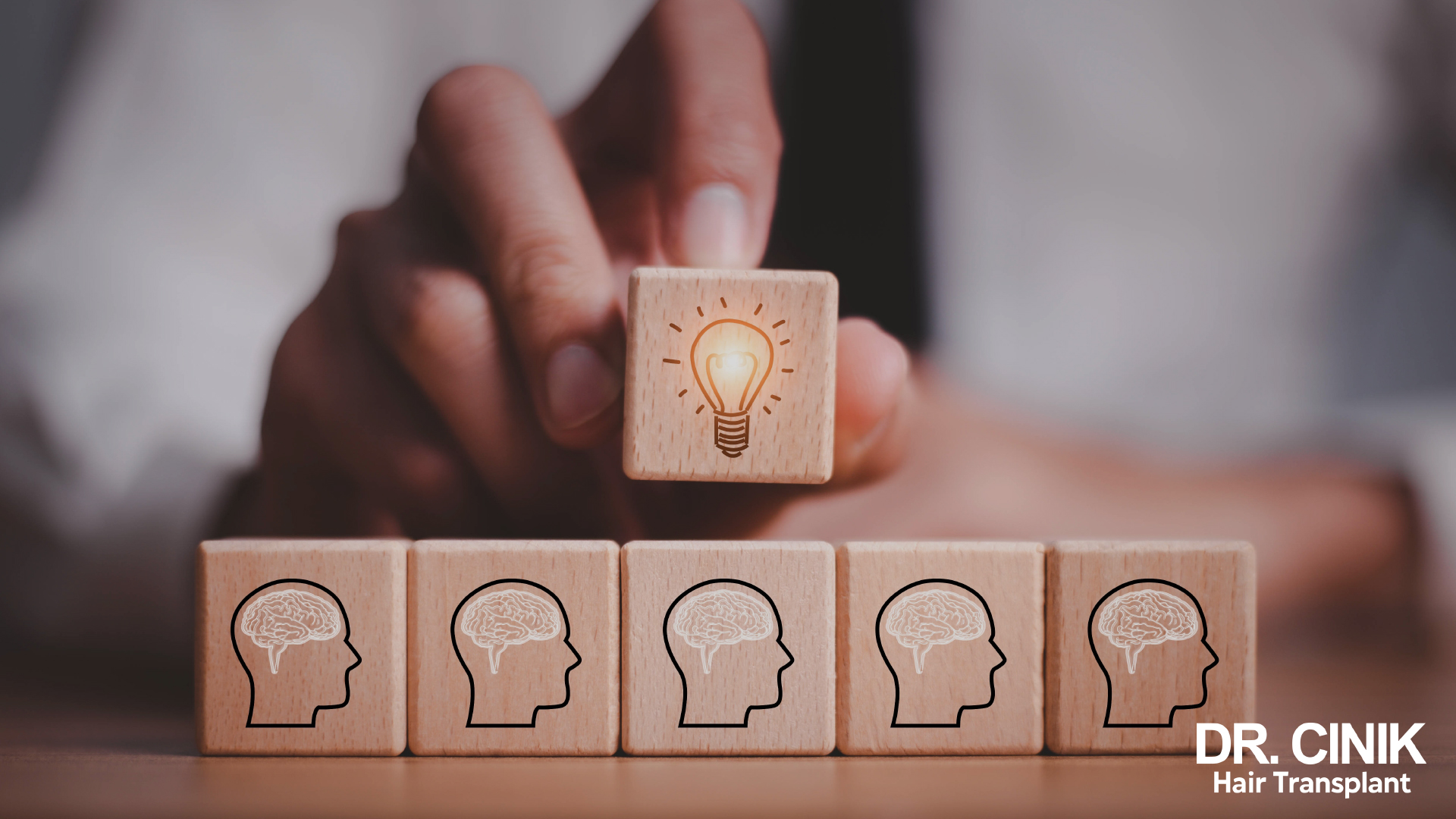
The exact cause of trypophobia remains unclear, but theories suggest it may stem from an evolutionary reflex associating hole patterns with potential dangers like venomous animals or disease. Psychological factors, such as past trauma or negative associations, may also play a role.
While there is no standard diagnostic protocol, healthcare professionals can identify trypophobia based on a patient’s description of their symptoms.
FUE Hair Transplants and Microincisions
The Follicular Unit Extraction (FUE) hair transplant technique involves extracting individual hair follicles from the donor area, typically at the back of the head, using a specialized tool that creates small circular incisions.

The extracted follicles are then implanted into the recipient area via microincisions. This precise process aims to create a natural appearance and promote optimal healing. FUE is known for its discreet results and relatively quick recovery.
FUE transplant incisions are typically very small, around 0.8 to 1 millimetre in diameter. They usually heal quickly, leaving barely visible tiny punctate scars once the hair regrows. The strategic placement of these incisions mimics natural hair growth patterns to minimise visibility.
Open communication with the hair surgeon is crucial for these patients. Experienced professionals can provide detailed information about the healing process, offer solutions to minimize visual exposure to incisions, and explore strategies for managing anxiety throughout the transplant journey.
Strategies for a Worry-Free Hair Transplant Experience
Selecting an Experienced Clinic and Surgeon
Choosing a reputable clinic and skilled hair surgeon is especially important for trypophobic patients. An experienced professional ensures a safe and effective procedure while understanding and addressing the specific concerns related to trypophobia. Open discussion of these concerns during pre-procedure consultations allows for treatment adaptations and anxiety minimisation.
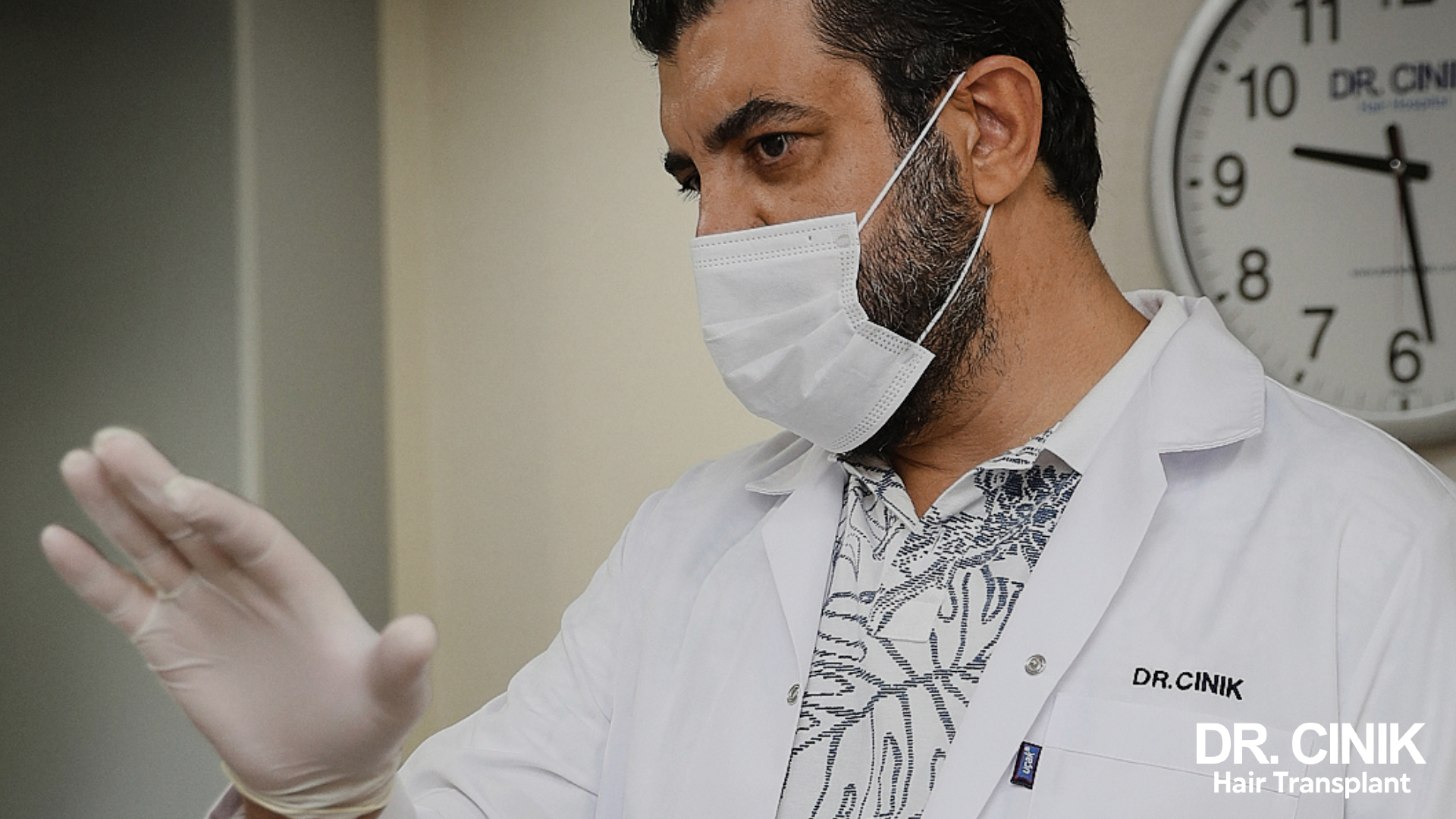
Progressive Exposure Therapy
Progressive exposure therapy effectively treats various phobias by gradually and safely exposing the patient to their fear triggers, such as small holes or incisions. The process may begin with viewing photographs and progress to more direct exposure in a controlled therapeutic setting, helping to desensitise the patient.
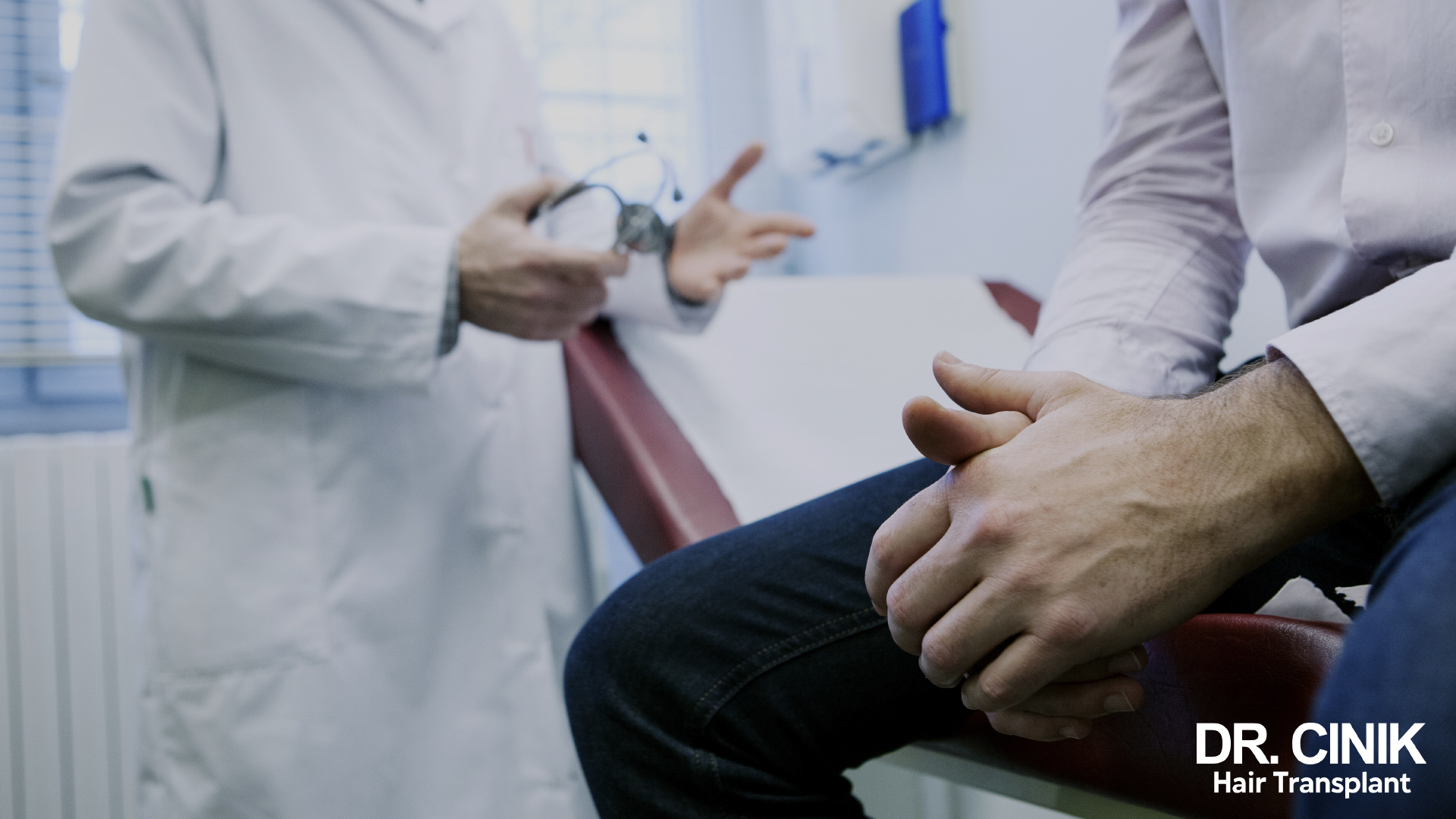
Cognitive Behavioral Therapy (CBT)
CBT is a psychotherapy that helps identify and challenge irrational beliefs related to hole patterns and develop strategies to manage fear reactions.
Stress Management Techniques
Techniques such as meditation, yoga, or other relaxation practices can help reduce stress, particularly before and after the transplant.
Medication for Anxiety
In some cases, anti-anxiety medication may be prescribed to manage trypophobia symptoms, especially around the time of the procedure. Anxiolytics or antidepressants can be used under the supervision of a healthcare professional.
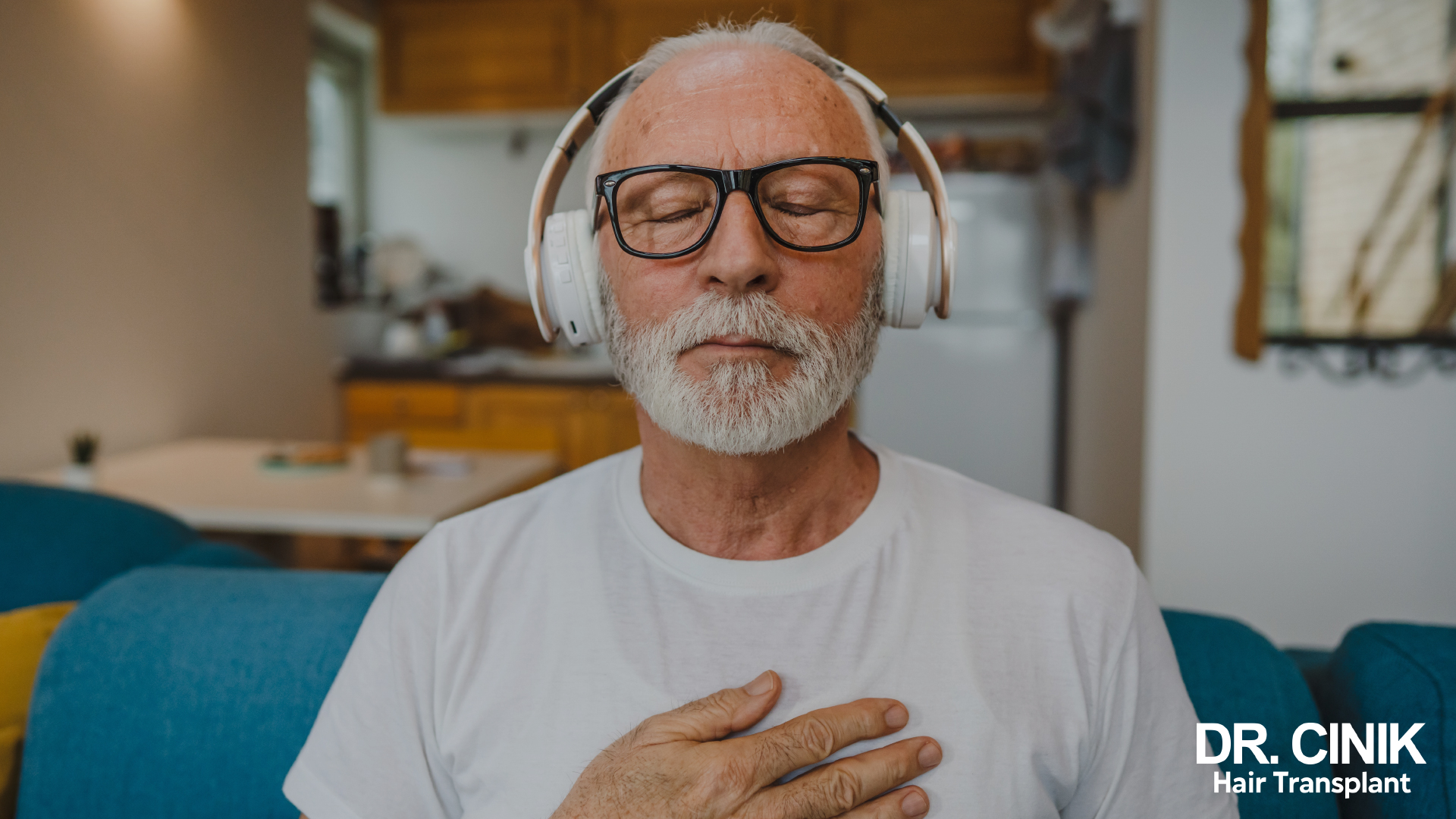
Post-FUE Graft Healing
Healing after an FUE transplant varies slightly between individuals based on factors such as overall health, age, and post-operative care. Microincisions generally begin healing quickly, with a significant reduction in redness and swelling within the first few weeks. Most patients experience substantial healing within two weeks, with complete healing expected in about a month, although this can vary.
As the transplanted hair grows back, it gradually conceals the microincision areas, providing reassurance for trypophobic patients as the visual triggers diminish. Over time, the transplanted area takes on an increasingly natural appearance as the hair follows its natural growth cycle.
 en
en

